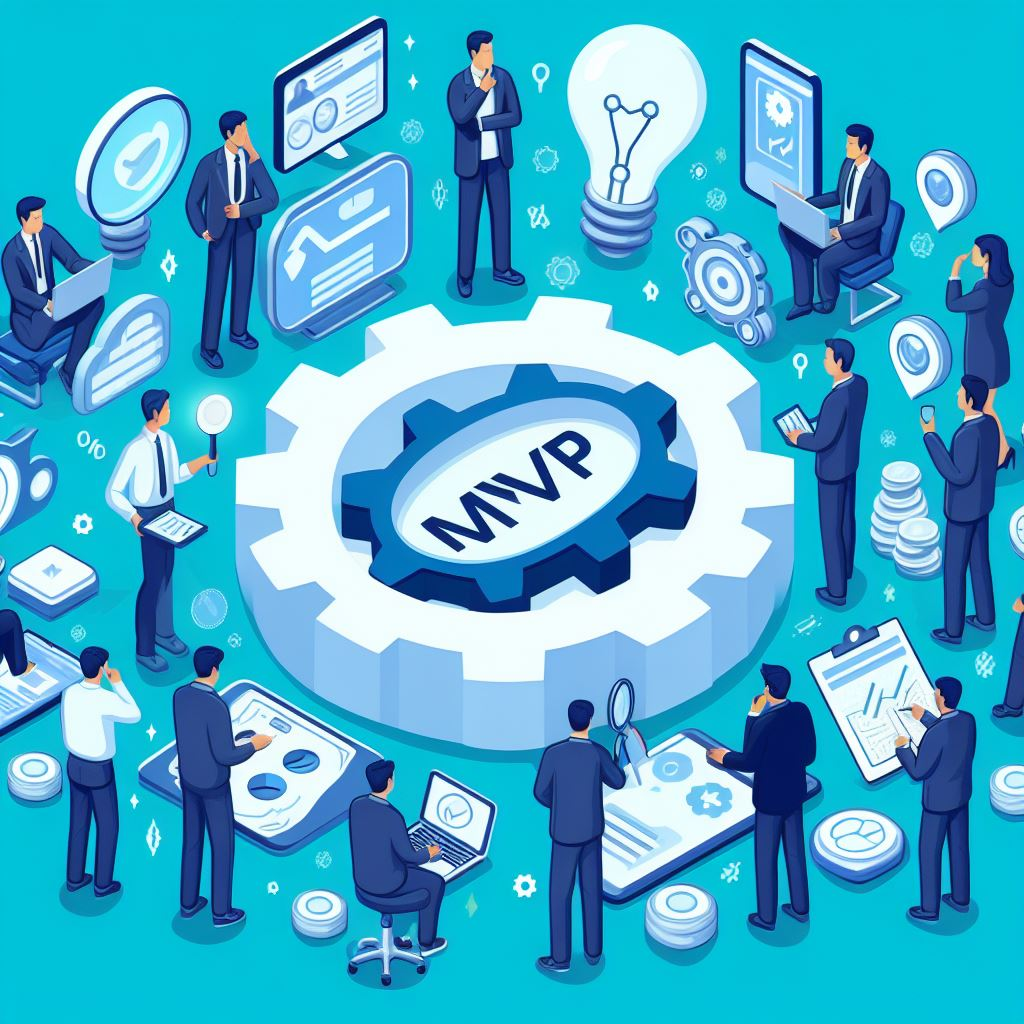Top Android App Development Trends Every Business Should Know in 2025
The mobile app landscape is moving faster than ever. Over the last few years, I’ve worked with product teams, engineers, and business stakeholders, navigating the shifts and surprises of Android development. Now that we’re in 2025, one thing is clear: staying relevant means staying ahead of change.
This article doesn’t just list trends. It highlights the real shifts I’ve seen take shape on the ground - how businesses are adapting, how users are responding, and what’s making certain apps stand out in crowded marketplaces. Whether you're launching your first Android app or managing a portfolio of digital products, these insights are for you.
1. Kotlin Multiplatform: Shared Logic, Seamless Results
Kotlin Multiplatform has gained serious ground. It’s not about cutting corners—it's about sharing core logic between platforms while preserving native experiences.
With one codebase for business logic and separate UI layers, teams are saving time and maintaining quality. Companies using Kotlin Multiplatform are shipping faster, fixing bugs more easily, and improving the consistency of their app experiences across Android and iOS.
2. On-Device AI That Adapts to You
Users want smart apps that respond to them personally. Thanks to Android’s ML Kit, this is now possible without compromising privacy.
Think of a language app that tailors lessons to your speaking style or a to-do list that reorganizes itself based on your habits. With processing done on the device, there’s no lag and no need to send personal data to the cloud.
3. Foldables and Tablets: Time to Rethink Layouts
Devices with larger or flexible screens are gaining traction, and users expect apps to adapt naturally. That means split views, responsive design, and seamless transitions.
Apps that look and work great on foldables send a clear message: this company cares about detail. If your app isn’t optimized for these form factors, now is the time to update.
4. Voice Interaction Is Becoming a Standard
Whether it's setting reminders or searching hands-free, voice interfaces have made their way into everyday use.
Android apps now offer voice capabilities that work offline, understand natural language better, and provide greater accessibility. Businesses are integrating voice features not only to boost engagement but to offer a real utility in busy, hands-on moments.
5. Jetpack Compose: Faster UI, Less Overhead
Jetpack Compose simplifies UI development. No more juggling between XML and preview tools—developers can build, iterate, and test user interfaces in real time.
This shift has shortened release cycles and made it easier for cross-functional teams to collaborate on the look and feel of their apps. If you're launching something new in 2025, Compose should be part of your toolkit.
6. Faster Apps with Baseline Profiles
Users abandon apps that don’t open quickly or feel laggy. That’s where Baseline Profiles come in. They help the system pre-optimize performance-critical parts of your app.
The payoff is clear: faster load times, smoother interactions, and better retention. Especially for apps used frequently throughout the day, these micro-optimizations add up.
7. Transparent Privacy Practices Win Trust
Today’s users are alert to how their data is used. Android has made privacy controls more visible, but the real trust comes from apps that clearly explain permissions and respect user choice.
When businesses lead with transparency, they gain credibility. That’s something you can’t buy with marketing.
8. PWAs Help You Move Fast Without Sacrificing Experience
Progressive Web Apps have evolved from fallback solutions to core components of modern app strategies. Many businesses are combining PWAs with native shells to streamline updates and reach users faster.
If your platform is content-heavy or your team needs flexibility, PWAs let you deliver faster iterations without full redeployment.
9. Blockchain Adds Invisible Security
Blockchain is showing up in the background of many apps—not for headlines, but for functionality. It’s being used to verify identities, record transaction histories, and secure sensitive workflows.
You don’t need to promote it heavily. The value lies in what it makes possible behind the scenes.
10. Android’s Reach Goes Well Beyond Phones
Smartwatches, TVs, cars, tablets—Android is everywhere. Building an app now means thinking about how it fits into a broader experience.
From syncing across devices to supporting wearable-specific features, developers who think in ecosystems are giving users more value and creating stronger brand touchpoints.
11. Generative AI: Quietly Powering User Productivity
Generative AI is no longer just a novelty. Apps are using it to help users draft content, summarize notes, and streamline communication.
It doesn’t need to dominate your app—it just needs to be useful. Adding features like auto-generated responses or content suggestions is becoming an expectation in productivity and communication tools.
12. Efficient Code Is Sustainable Code
As people become more aware of energy usage and data consumption, efficiency is a selling point. Lightweight apps that load fast, use minimal battery, and don’t hog resources are winning favor.
Optimizing for energy and performance isn’t just good engineering - it’s smart positioning.
Final Thoughts
In 2025, users want apps that are fast, respectful, and helpful. Trends come and go, but the core idea remains: your app should solve a problem and fit seamlessly into the user’s life.
If you're building from scratch or rethinking an old product, use these trends as a guide. And if you're working with a reliable android app development company, they’ll already be incorporating many of these ideas. For those investing in thoughtful, adaptable android app development services, staying aware of these shifts ensures you're building for the long term.




Comments
Post a Comment